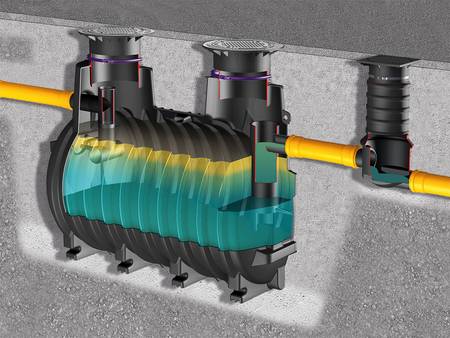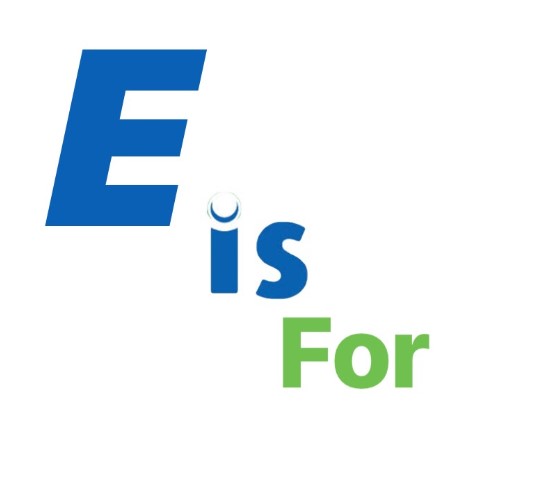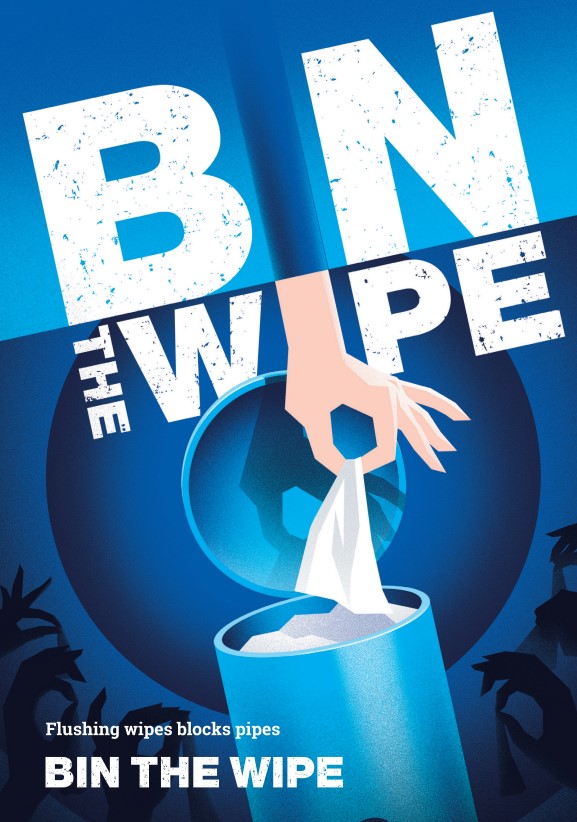
EN1825
This refers to the European design standards for grease traps. A grease trap under European design criteria is typically a large tank that goes into basements or into the ground outside. When it is 25% full of grease it should be emptied.
A great deal of grease and food residue can become deposited in the drainage system along the way, leading to pipe blockages, corrosion and odour formation as well as problems with the operation of sewage plants and lifting stations. For this reason, legislation requires plants which produce greasy wastewater to install grease separators according to EN 1825!
In many commercial and industrial operations such as restaurants, hotels, motorway service areas, butchers or other food-processing plants, greases and oils get into the wastewater. This wastewater has quite a way to travel before it reaches the next sewage plant.


The whole KESSEL range of polyethylene grease separators fulfils all the legal requirements for various installation situations:
The build up of Fats Oils and Grease causes FATBERGs - A Fatberg is a very large mass of solid waste in a sewerage system, consisting especially of congealed fat and personal hygiene products that have been flushed down toilets.
How to prevent fatbergs – commercial If you work in a commercial kitchen, it is a good idea to have a grease separator installed. A grease separator is designed to ensure that grease and fats from the kitchen do not enter the public drainage system and cause fatbergs. In London, a staggering 90% of restaurants are contributing to the fatberg problems.
Kessel offer their SmartSelect tool to calculate your separator needs based on the European Norm EN1825.
https://www.bbc.com/news/uk-england-devon-46787461
contact | sales@ipsflowsystems.com for your grease separator needs.




